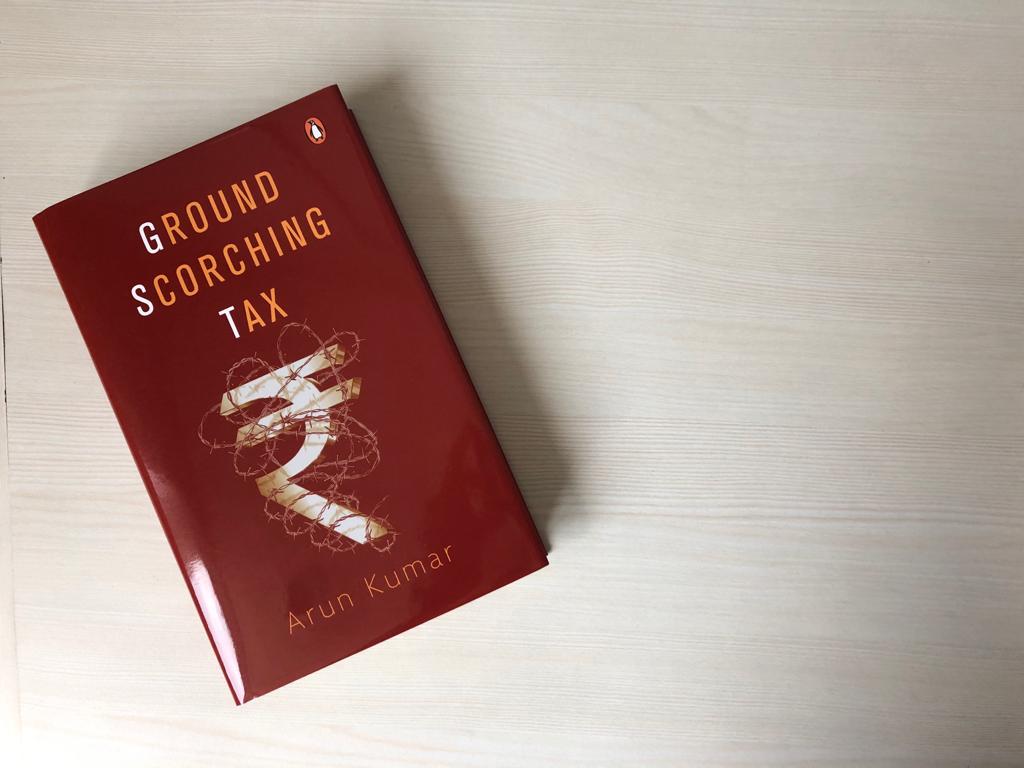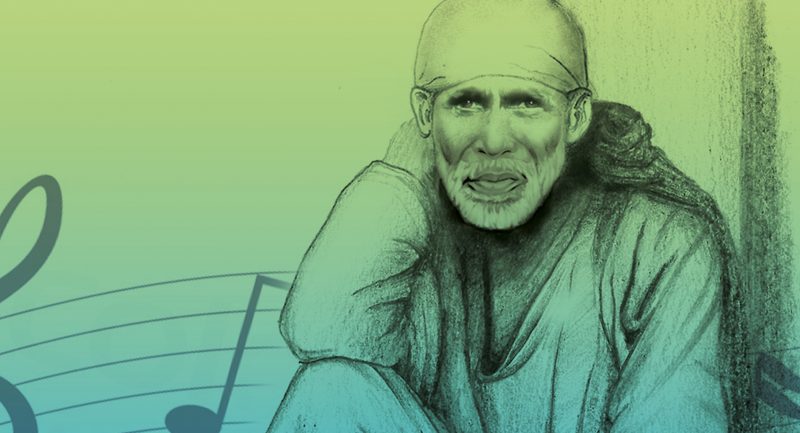
On 1 July 2017, Goods and Services Tax (GST) became a reality. The government hailed it as the biggest tax reform of independent India which would herald a new freedom for the nation and unify it with ‘One Nation One Tax’. Some of the claims made by the government were that GST would bring about ease of doing business; increase tax collection; lower inflation; increase GDP growth by 1-2 per cent; and check the black economy. More than a year later, we have more questions than answers.
Why did the economy slow down? Is the government likely to collect more taxes? Why have prices continued to rise? Why has Malaysia withdrawn GST?
It turns out that problems with GST are both transitional and structural. To correct for these there have been a few hundred notifications and orders from the government which have added to the confusion.
In Ground Scorching Tax, well-known economist and India’s leading expert on the black economy, Arun Kumar systematically and lucidly explains the reality behind GST, demystifying this complex tax for ordinary citizens.
Known for not pulling any punches, the author explains why GST is truly a ‘ground scorching tax’ and a double-edged sword for the common man, why it will increase inequality across sectors and regions, why it will hurt small businesses – everything the government does not want you to know.
He also proposes an alternative which will convert this tax into a `Ground Nourishing Tax’.
Read on to learn how the common man is affected by the ‘Ground Scorching Tax’
The unorganized sector employs the vast majority of the workforce so the setback caused to this sector by the GST renders a large number of people unemployed and lowers the overall real wage rate
GST and digitization accelerate this ongoing process of marginalization of the unorganized sectors. As pointed out in the previous section, marketization marginalizes the weak in the market—it favours the large over the small businesses. While in economic terms this may seem to be ‘efficient’ with growth being fuelled by the large scale sector, it leads to growing inequality which has political and social implications. Since it is the unorganized sector that employs the vast majority of the work force, any setback to this sector leads to growing under employment and crisis in the lives of these people. With the growth of the organized sector, while wage rate may rise, employment available declines since the large and medium sectors are far more automated than the small sectors. Thus, the overall wage received by workers would fall. The purchasing power of those employed in the unorganized sectors and of workers as a whole would decline. (p. 186)
~
Small businesses are financially affected by not being able to receive or offer Input Tax Credit.
The concern for the small suppliers led to their being exempted from registration under GST. So, suppliers with turnover of up to Rs 20 lakh have been exempted. But they will not be able to get input credit (ITC) and if they sell to any other business they cannot offer ITC. A very big disadvantage indeed. Similarly, those with a turnover between Rs 20 lakh and Rs 1 crore will fall under the Composition Scheme and will neither get ITC nor be able to offer ITC. They would also not be able to make inter-state sales. Further, the tax that they should have paid under GST but did not pay since they are exempt will have to be paid by the business purchasing from them. This is the reverse charge mechanism (RCM). Thus, the purchasers’ cost would go up. (Pp. 103-4)
(Subsequently, due to changes announced, units with turnover up to Rs.40 lakh are exempt from registration and the limit for Composition Scheme has been raised to Rs.1.5 crore)
~
Some of the GST rates are higher than the rate they were paying under the earlier system which has increased prices and expenses for the common man
The GST rate on goods and services have been fixed close to the rate they were already paying under the old regime. So, if some good was being taxed at the rate of say, 15 per cent then it was moved largely to 18 per cent under GST. Most services were at the rate of 15 per cent and that has increased to 18 per cent. This has proved to be inflationary. (p. 104)
~
Since indirect taxes are applied on goods and services consumed, they affect all sections of society unlike direct taxes which are collected from those who are well off and can afford to pay it. Indirect taxes are also regressive as they typically result in the impoverished sections paying a greater proportion of their income then the well off. The overwhelming focus on GST and indirect taxes as opposed to direct taxes is antithetical to the interests of the common man.
It was argued that indirect taxes are stagflationary while direct taxes are the opposite and hence more desirable. Thus, it would have been more desirable for the nation to collect more of direct taxes than indirect taxes. In 2005, the UPA I government had also talked of the need to introduce the direct tax code (DTC) to reform direct taxes. However, little headway has been made in that direction. The emphasis has been on GST and collecting more of indirect taxes—indicating a political bias. It was also shown that indirect taxes tend to be regressive while the direct taxes can be progressive. Thus going for more collection of indirect taxes increases the regressive component of India’s tax system. It also does not put greater pressure to tackle the black economy and collect more of direct taxes. Again this benefits the elite sections of society. They can continue to earn large sums of incomes through the black economy on which they do not have to pay taxes. (p. 172)
~
The local bodies have been deprived of their sources of revenue from taxation under the new regime.
As some of the important sources of revenue of local bodies (like Octroi and entertainment tax) have been absorbed in GST, they needed to be also provided with independent source of revenue. This has not happened. There is no mention of devolution to the local bodies. It is not clear whether the Centre or the states are to pass on a share of the resource. (p.190)
In Ground Scorching Tax, well-known economist Arun Kumar explains the reality behind GST.









